As many of you know, I wrote a book called Growing Great Employees a few years back. One chapter focuses on how to get new people started well in your organization. I proposed that, in general, people want three questions answered when they start a new job: Who do I need to know?, How do things get done around here?, and What’s expected of me?
Not long ago a client of mine turned me on to an article published a few years ago in Business Week about the (then) emerging discipline of Social Network Analysis. I got very intrigued, and continued to research the subject.
Social Network Analysis (SNA) is “the mapping and measuring of relationships and flows between people, groups, organizations, computers, URLs, and other connected information/knowledge entities. The nodes in the network are the people and groups, while the links show relationships or flows between the nodes.” I got that definition from the website of orgnet.com, a company that’s been doing SNA and providing SNA software to clients for 15 years.
I find this both fascinating and useful: SNA is a way of making visible the answer to two of those three core questions — “Who do I need to know?” and “How does stuff get done around here?”
SNA provides critical insights into how information flows (and doesn’t); who is at the core of networks of people and who’s at the periphery; where there are silos and where interaction happens freely. If used well, it can help companies take best advantage of the employees who are “examplars” – those to whom others turn for advice, knowledge, insights. It can also help organizations see “blockages” in work and information flow, and focus more usefully on how to get things unstuck.
This isn’t new – many of these concepts are at the core of Seth Godin’s latest books, for instance, and orgnet.com has a big client list – but I love the idea that this way of visualizing organizations is becoming more widespread. It’s yet another indication to me that what has historically been thought of as “the soft stuff” in organizations is finally getting recognized as key to productivity and profit.
SNA demonstrates, in a very clear and 21st century way, that people really are our most important resource.
